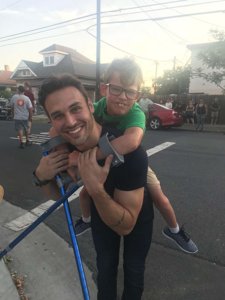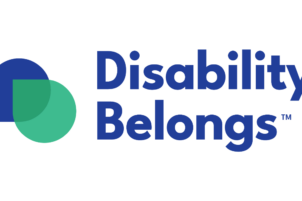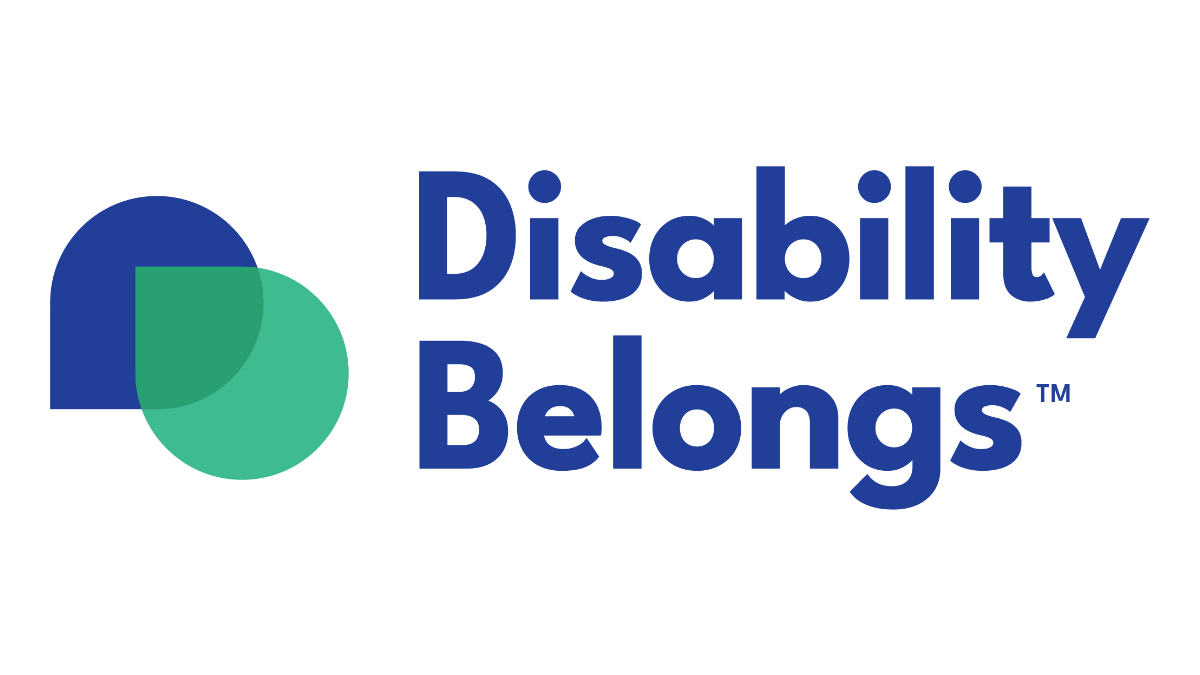A show focused on emergency responders and the behind-the-scenes intricacies of their rescues is bound to tackle some issues relating to disabilities. But 20th Century Fox Television’s 9-1-1 has taken disability inclusion a step further by including a recurring character with a disability and providing an opportunity for further discussion of issues relating to disability access and belonging.
The two-night Season 2 opener introduced two new lead characters – Maddie (Jennifer Love Hewitt), a nurse escaping an abusive relationship who becomes a 9-1-1 operator, and Eddie Diaz (Ryan Anthony Guzman), a LAPD firefighter and single dad to seven-year-old son Christopher (Gavin McHugh), who has cerebral palsy.
“Ryan’s character has his own issues: He’s a single father with a son with special needs, with cerebral palsy,” said executive producer Tim Minear. “And he’s an Army veteran who’s left the Army in order to raise his kid.”
The fast-paced opener shows both the lead-up to and the aftermath of a 7.1 earthquake and aftershocks. In the opening scene of the second episode, Eddie and Christopher have a conversation about dogs as Eddie walks his son to school, which appears to be a mainstreamed school. “Do you think dogs know they’re dogs?” Christopher asks. ”Do dogs just think we are bigger, less hairier, smarter dogs that walk funny?” The audience then sees Christopher walking with crutches into his school.
When Eddie works to save people trapped in a high-rise, fellow Firefighter Evan “Buck” Buckley (Oliver Stark) attempts to reassure Eddie that Christopher is in the safest place he could be right now – a school, which had been reinforced after a recent earthquake. However, another scene in the episode lets viewers know that some students may still be trapped in the school. The episode ends without viewers learning of Christopher’s fate.
School Safety for Students with Disabilities in a Crisis
Most schools do not have emergency plans for evacuating students with disabilities including students who use a wheelchair or have another physical limitation, students who are deaf or blind, students with sensory processing issues and students with autism. Without federal guidelines, what schools do during an emergency is left to districts and individual schools to decide. Modifications for students with disabilities are rarely included. Plans often involve moving quickly, hiding or being silent. For some students with disabilities these may not be possible. In addition, while emergency preparedness often is an integral part of a school’s curriculum, for both the students with disabilities and their teachers, simulated evacuations for fire, active shooter or natural disaster must be practiced more often than what may be mandated by state law, which is just once or twice a year.
“The standard recommendation now is more or less ‘run, hide, fight,’” said Irwin Redlener, M.D., director of the National Center for Disaster Preparedness at Columbia University, during an interview about active shooter emergencies with The Mighty. “Depending on the person with a disability, it may be very difficult to do any of those steps, and under those circumstances, the school, in advance, needs to think about the needs of people in the school.” The same applies for all emergency evacuations.
Two special education teachers Laura Clarke, Ed.D., and Dusty Columbia Embury, Ed.D., developed a teacher’s guide for supporting students with disabilities during a school crisis. “Most schools have crisis plans to support student safety, but few plans address the complex needs of students with disabilities,” they wrote. “School supports should include analysis of school plans and student strengths and needs to ensure that students with disabilities have the best opportunity to be safe in school crises.”
An IELP is modeled after an IEP, an individual education plan that outlines what a student with a disability needs to be successful in school. The guide includes implications for IELPs and support for their development. In addition to providing a sample IELP, Clarke and Embury include a checklist for teachers. Some of these questions include if the school’s crisis plan accommodated the student’s physical needs, including how a student will get down the stairs or out of the building safely. For students that need medication on a schedule, does the student have it on them the entire time? Are the student’s sensory needs accounted for? Just as important is if the student understands the plan.
Christopher Diaz’ Fate and Opportunity
Viewers know Christopher was at school when the earthquake hit. As noted by Clarke and Embury’s research, students with disabilities often are left behind. 9-1-1 is giving us the opportunity to reflect upon these realities faced by millions of students with disabilities around the country.
Cerebral Palsy (CP), which Christopher has, is a nonprogressive group of disorders that affects an individual’s muscle tone and movement, caused by brain damage before, during birth or within the first few years of a child’s life. People who have cerebral palsy can have mild to severe issues with balance, muscle and motor control, but how cerebral palsy affects each person is very individual. This can include walking (possibly requiring the use of a wheelchair), balance, fine motor and gross motor skills and speech (ranging from very mild to severe). Some people who have cerebral palsy may require accommodations (for example, a ramp) while others may not. According to cerebralpalsy.org, about 746,000 children and adults currently have CP.
The fact that Christopher is played by Gavin McHugh, a young boy with cerebral palsy, is important. Actors without disabilities play more than 95 percent of characters with disabilities on television and 9-1-1 is bucking that trend with the casting of McHugh and ensuring his full inclusion.
“I love playing Christopher on 9-1-1,” McHugh said. “My dad, Ryan, helps me by giving me piggy back rides. Everyone on set is so nice because they help me all the time and they give me a lot of time to practice and walk places and the director even changes things to help me, like one time they wanted me to walk up a couple steps but there wasn’t a rail so they just moved it to the sidewalk so I could do it easier. It is so much fun to go to set and everyone is my friend and I miss them when I’m not there. I wish I could go every day!”
9-1-1 airs on Fox on Mondays at 9:00 pm ET / 8:00 pm CT. 9-1-1 is produced by 20th Century Fox Television in association with Ryan Murphy Television and Brad Falchuk Teley-Vision. Follow along with Gavin McHugh at @iamgavinmchugh on Instagram.










The second episode in this storyline also had a minor scene where a young adult with an intellectual disability. It was very powerful (and true).
Yes and it is so sweet they way Athena’s son takes him by the hand and brings him over to wait for his mom so she can find them. I am absolutely in love with Eddie’s son “Christopher’s” infectious smile.He is so adorable.
I love that little kid so much! I can’t wait until it comes back in March!